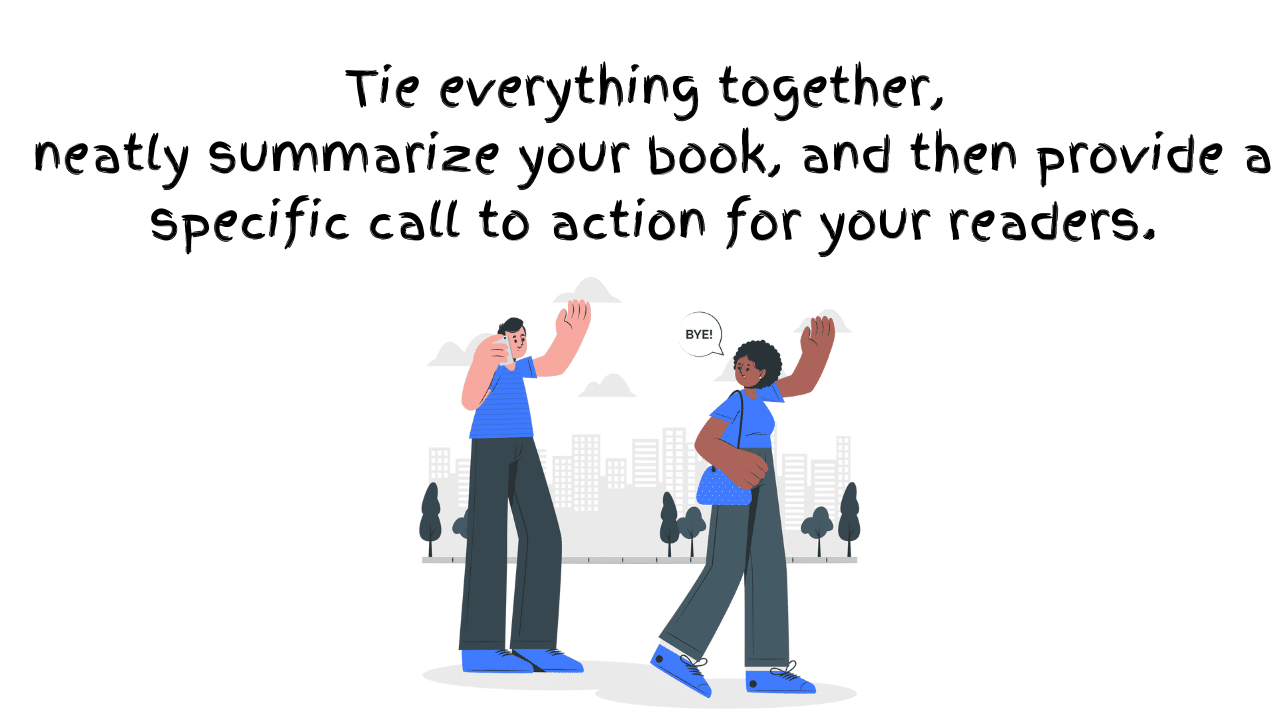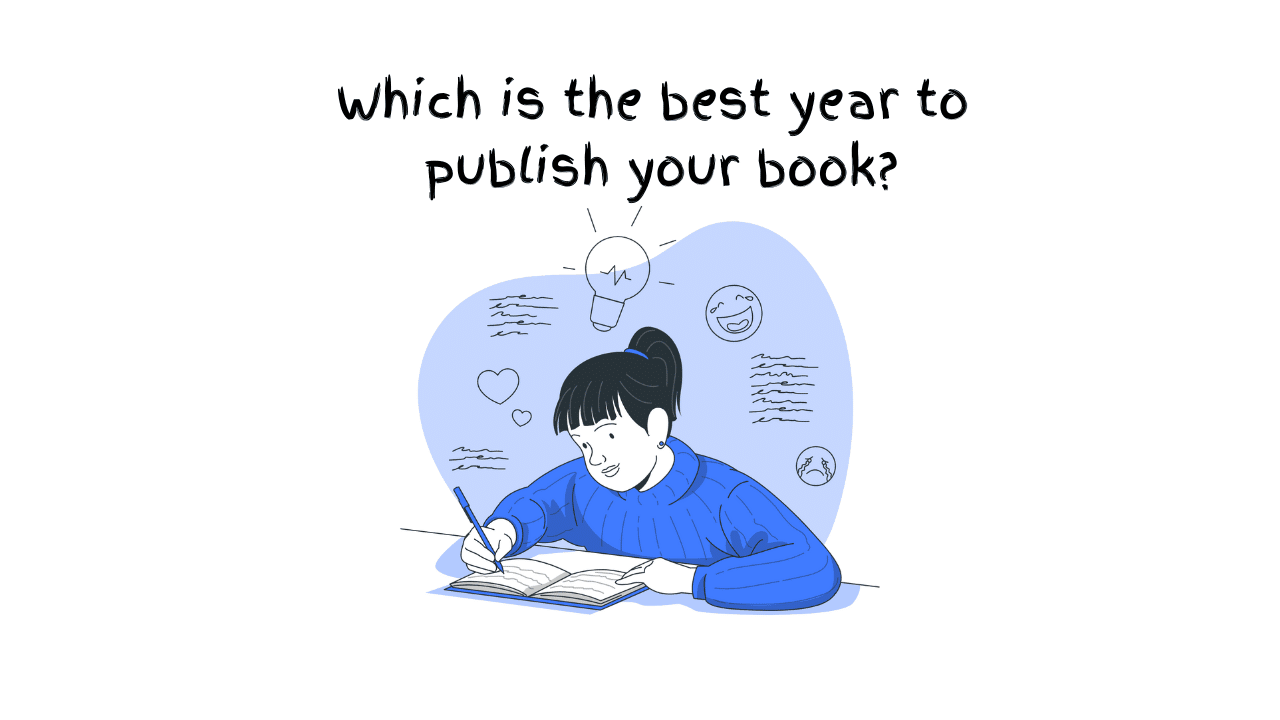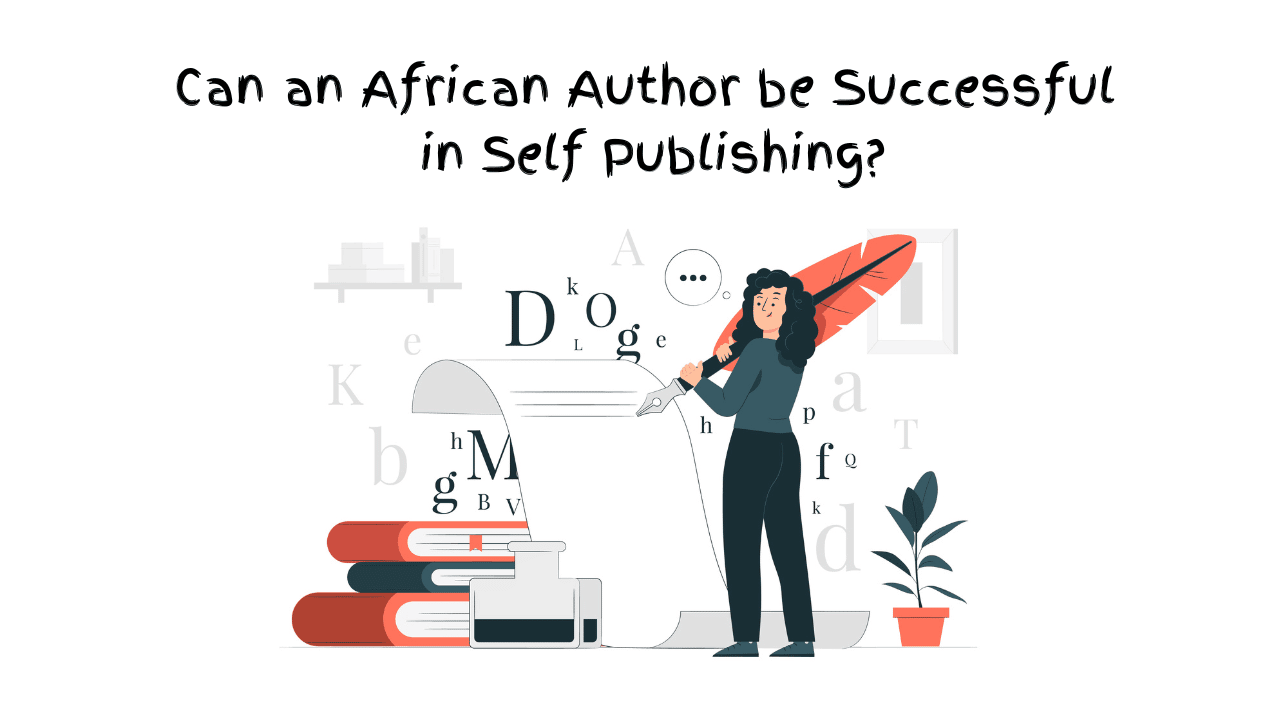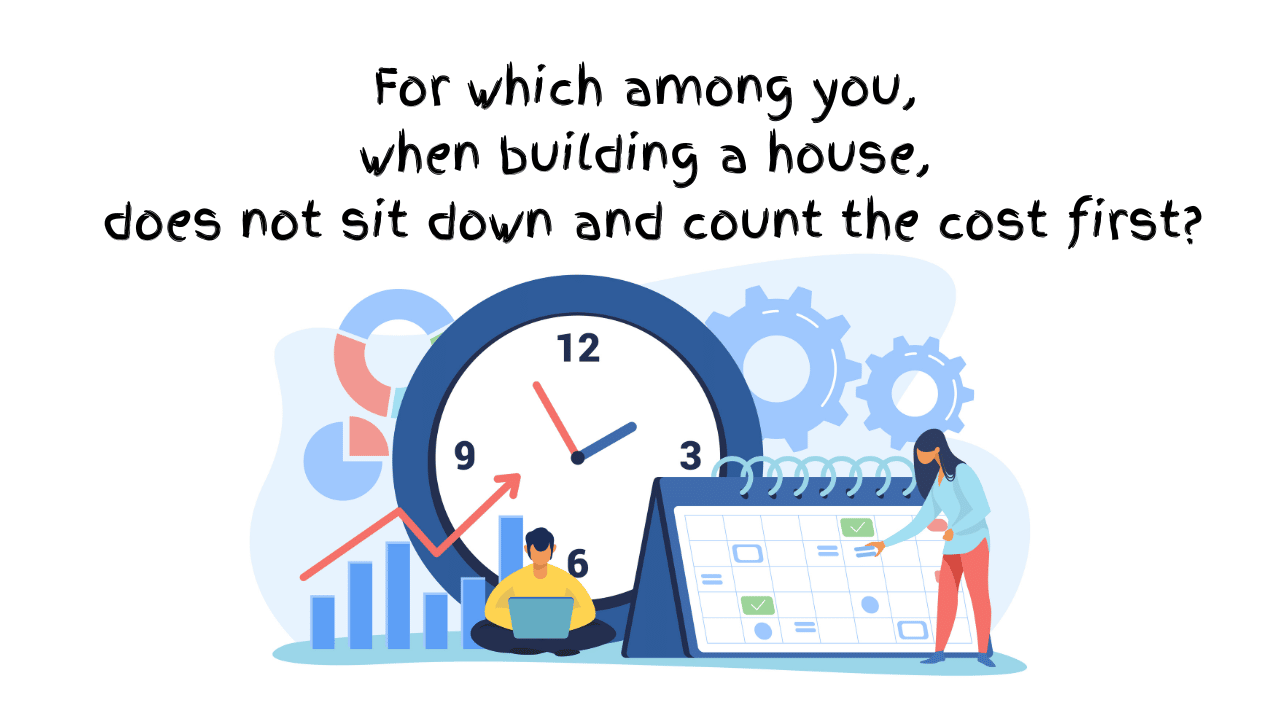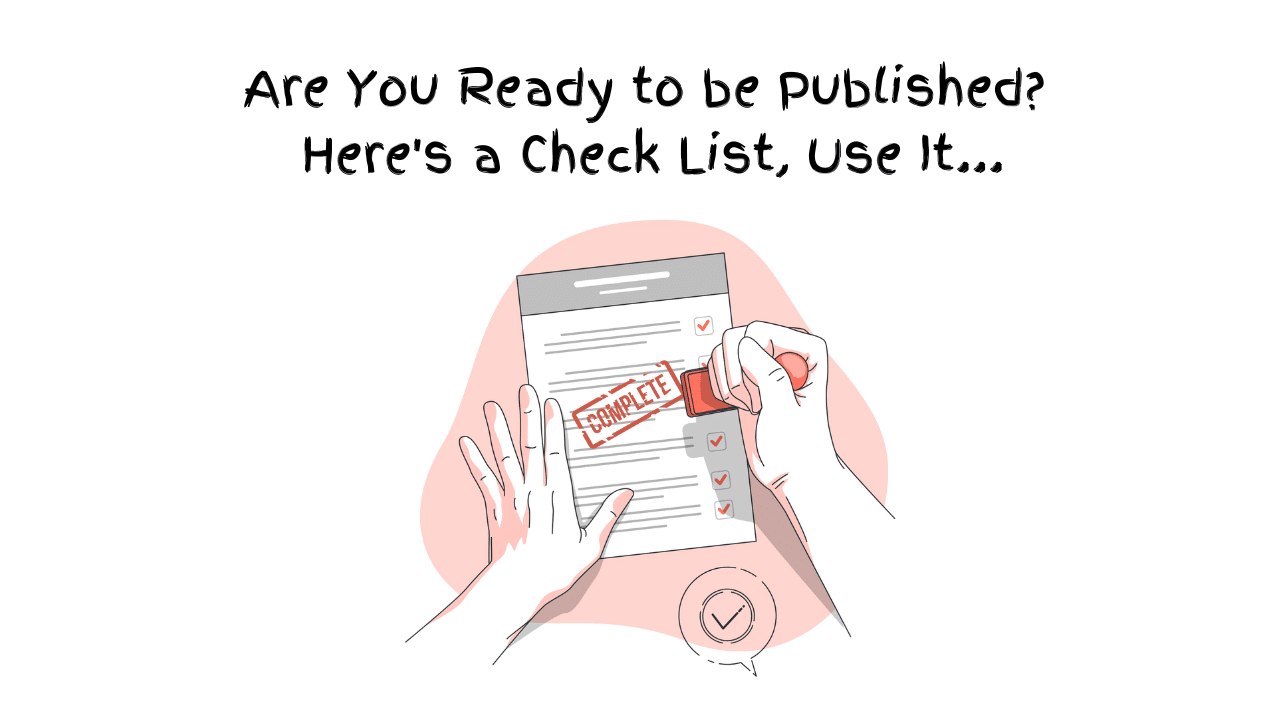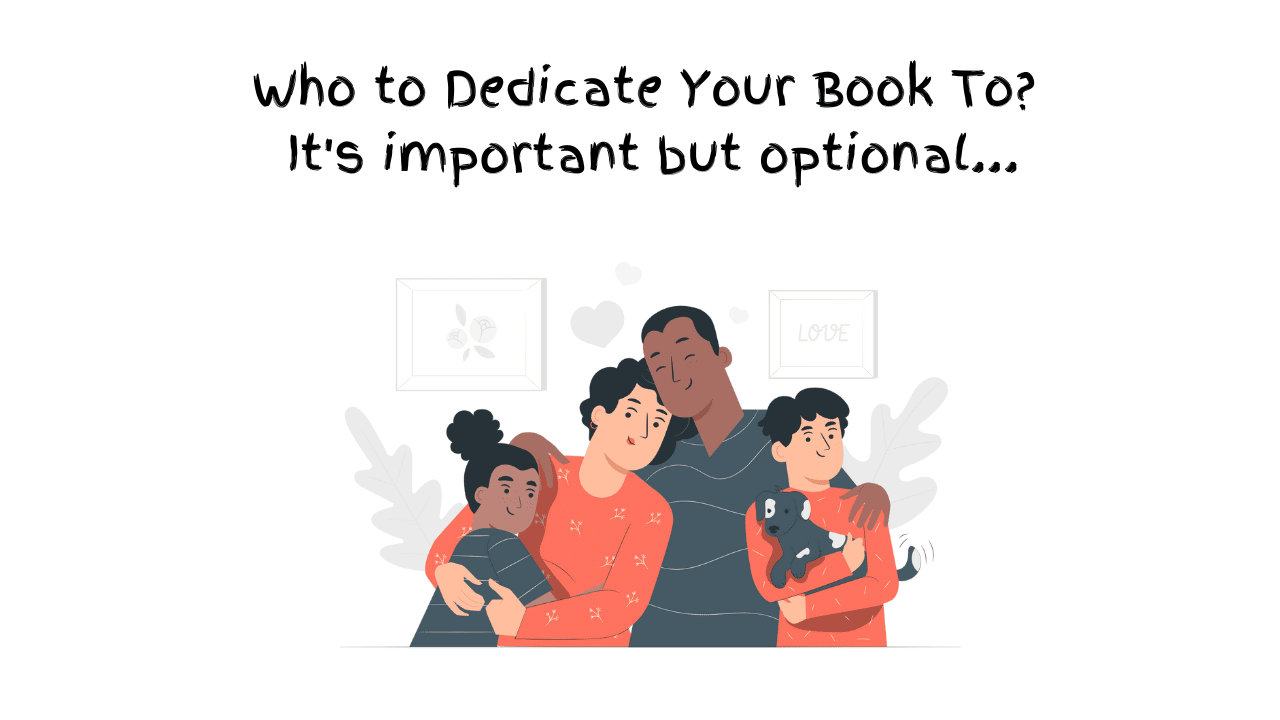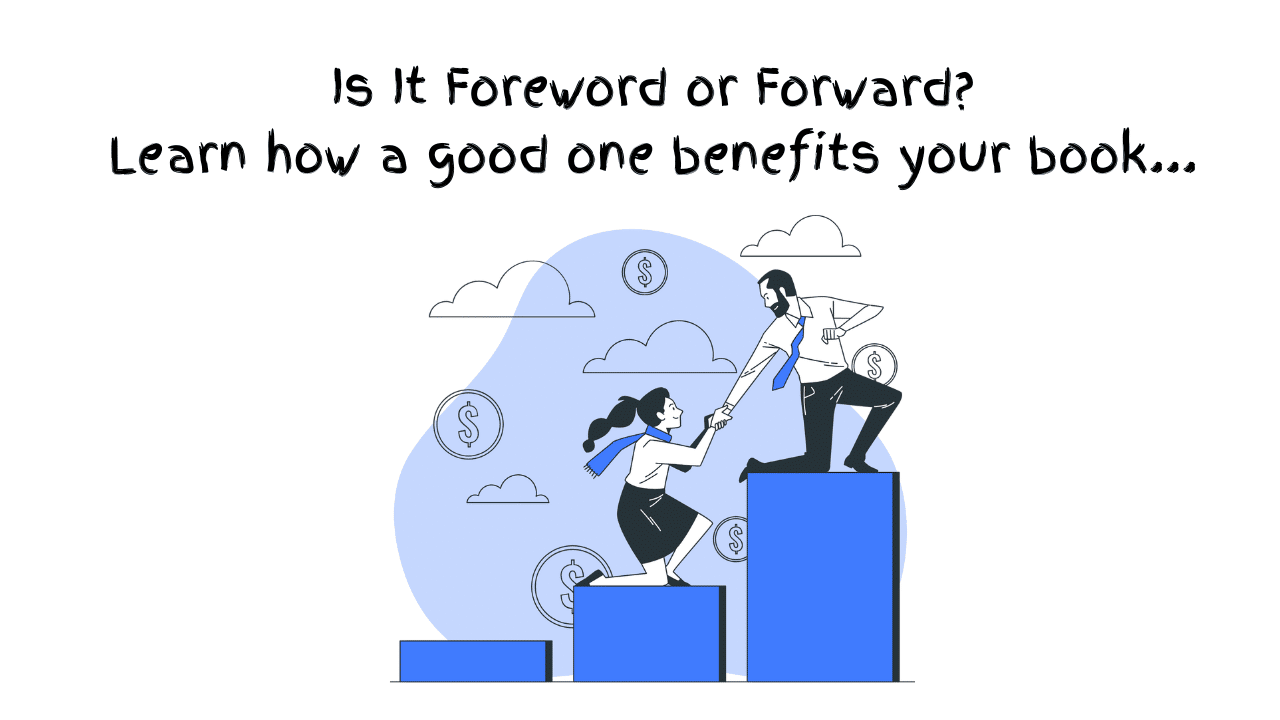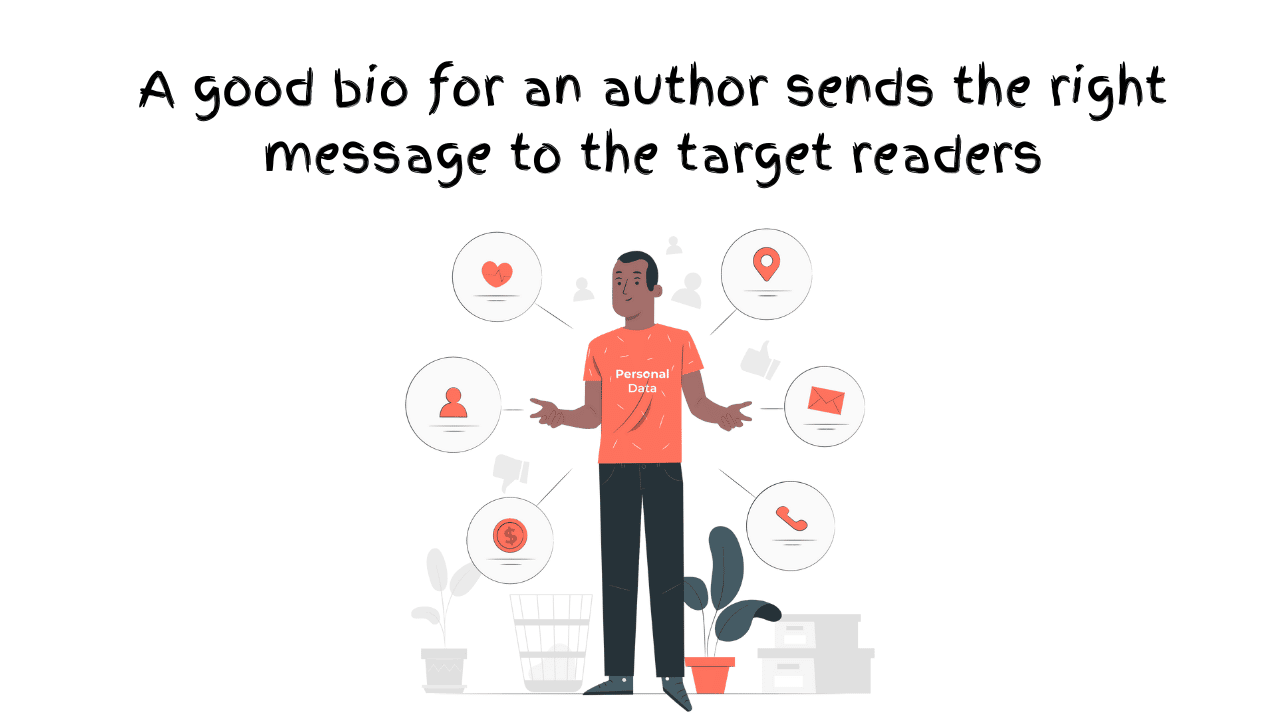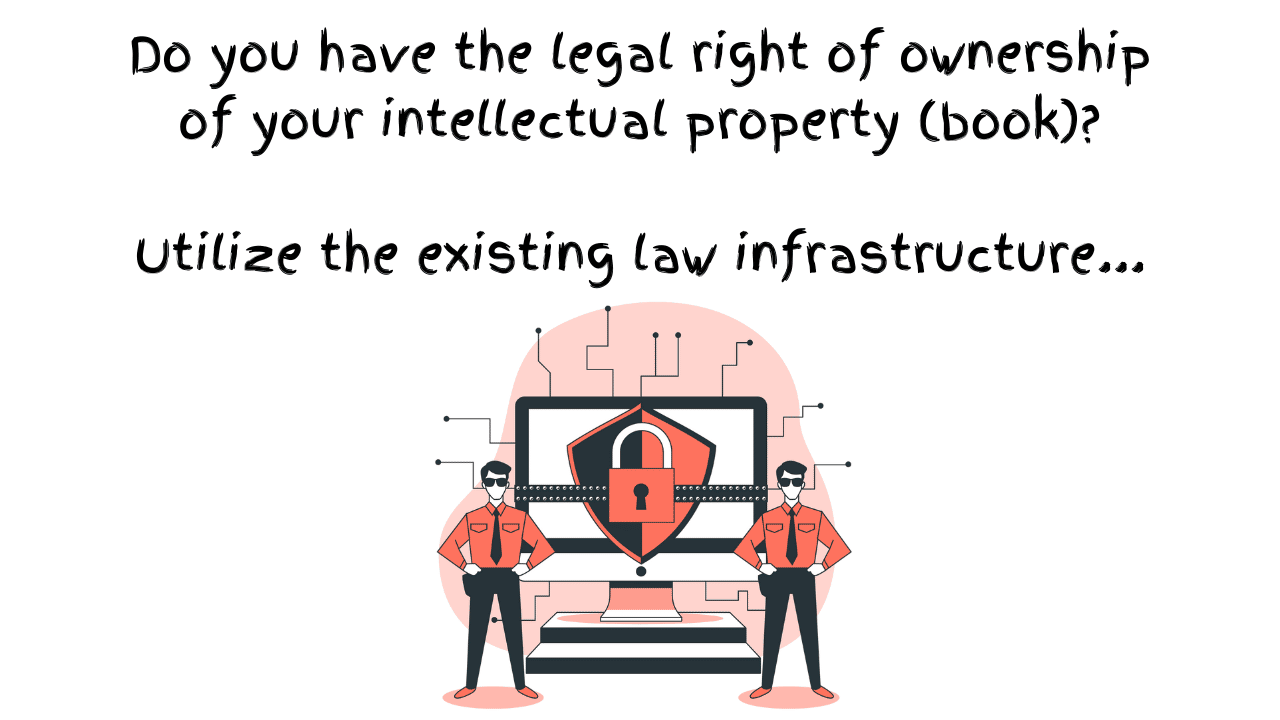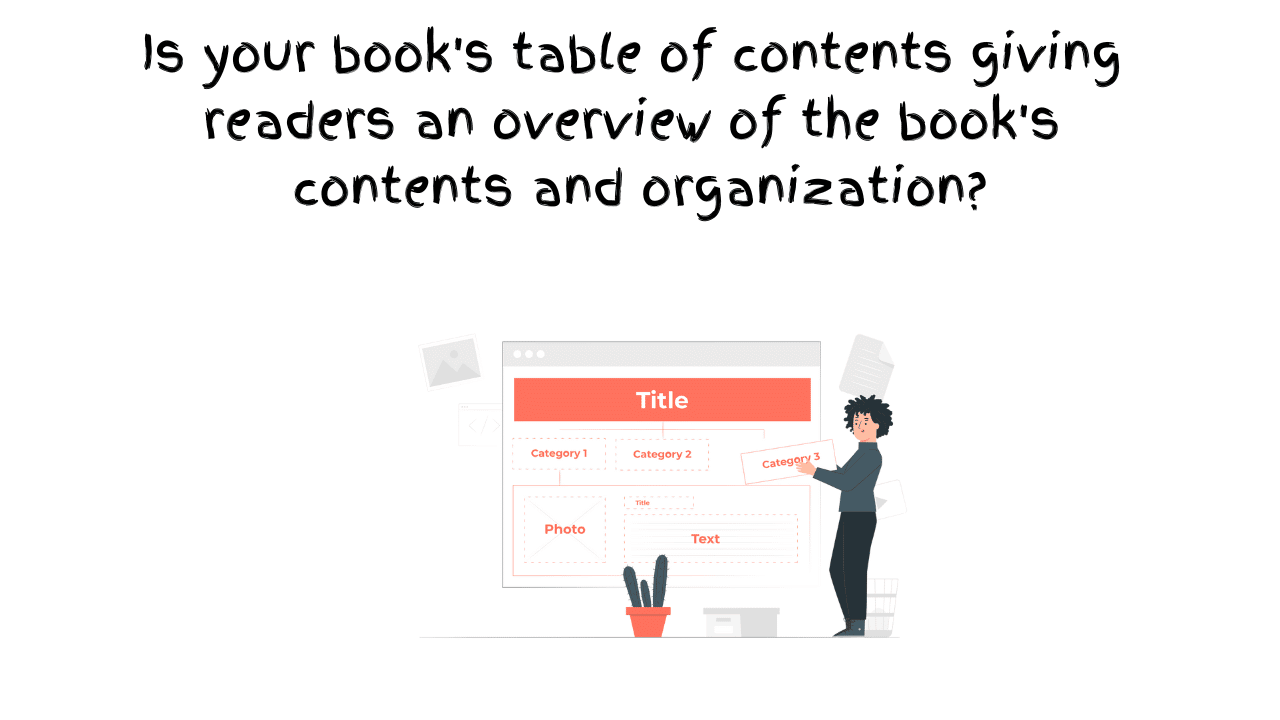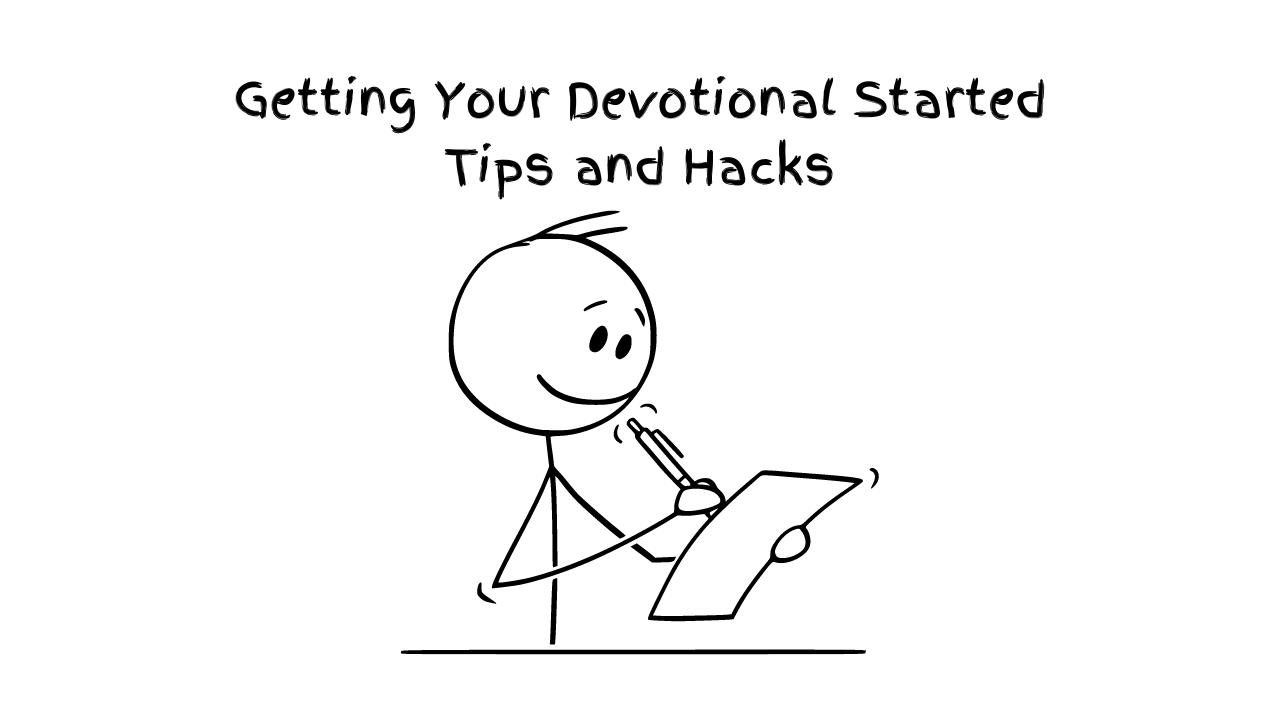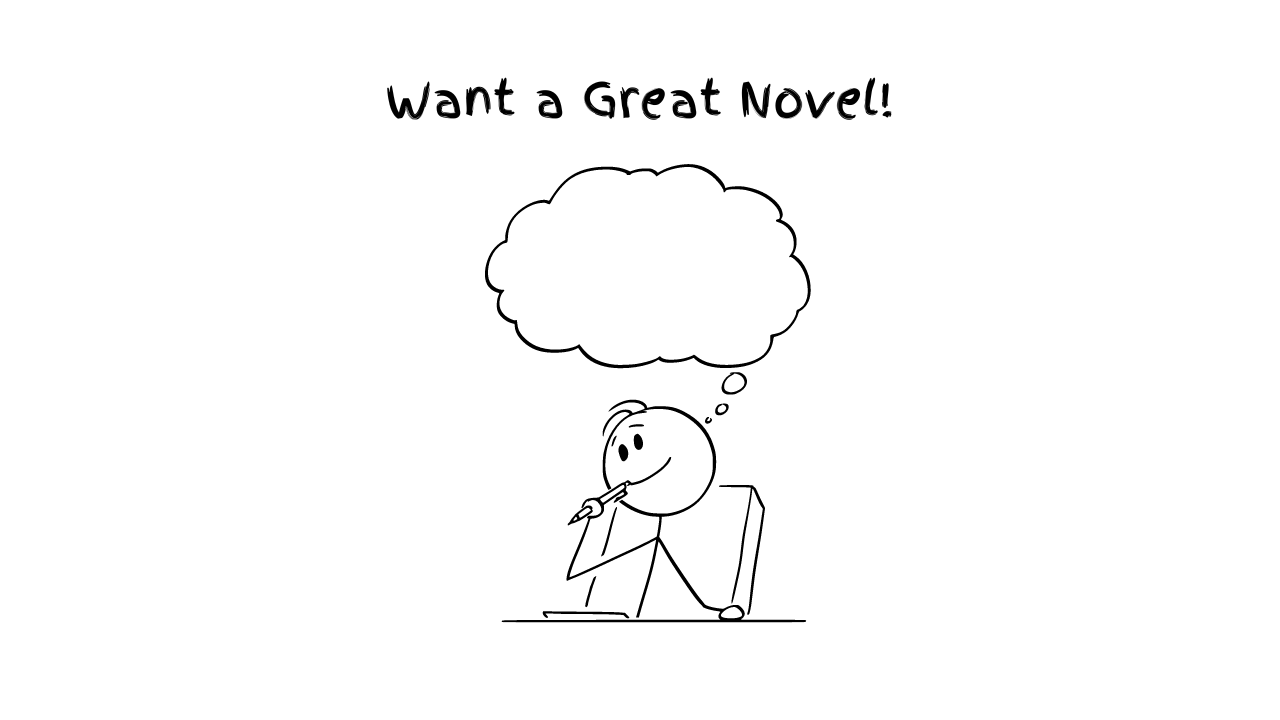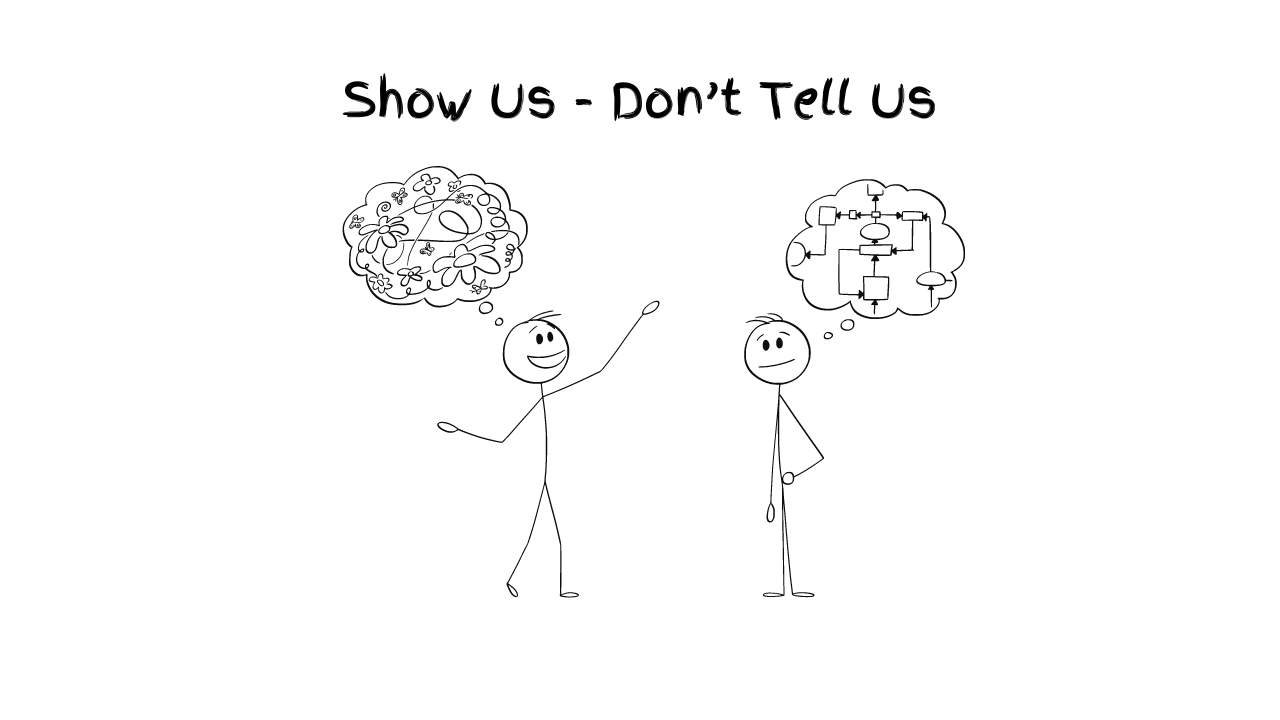Congratulations on getting to the end of your book writing. If your readers are in the conclusion chapter, it also means they read the whole book, they liked it, and now they want you to wrap it up. So don’t rash it. Give them what they want.
The goal of a great ending is to tie everything together, neatly summarize your book, and then provide a specific call to action for your readers.
The Do’s
- Clearly summarize the book: This is the best thing you can do for your readers. It not only delivers value to your readers but also makes your book memorable (and recommendable). Let the readers know, what you, as the author learned and also, what the readers should have learned had they read the book from beginning to end. It should explain to the readers why they needed to read the book in the first place.
- Address any lingering issues and close any open loops: The readers should feel like everything is wrapped up in a bow and they close the book with a feeling of closure. Make sure you show your readers the “surprises”, the “plot twists”, the “after thoughts” etc.
- Provide a call to action: A good call to action clearly tells the readers what to do after they read the last word.
- Give even more: Point them to any additional resources you have that could help them further into the topic of discussion.
The Don’ts
- Don’t introduce any new content: This should only be a summary of what’s in the book. You can have new stories or anecdotes, of course, but you should not have new content introduced at this point whether your book is fiction, non-fiction, or even academic.
- Don’t make it long: The rule of thumb is that it should be the shortest chapter in your book. Some conclusions are just a few pages long, so if you end up with two pages, that’s ok as long as you have achieved closure for your readers.
- Don’t break faith with your readers: Don’t try to sell products or services to your readers in a preposterous way that turns them off.
Here’s a Step-by-Step Guide
Grab the readers with a great hook by opening with an anecdote or story that wraps up the book.
This should be the introduction paragraph of your chapter. Every chapter should start with a hook. Even the last one. This can be a story that summarizes the book, or you can close a loop from earlier in the book. But the point is, the readers should feel like they do at the end of a good movie, where everything feels nicely summarized with a satisfying ending.
By this time, you’ve mentioned a lot of different topics. Usually, the easiest and most compelling way to begin the conclusion is by referring back to one (or more) of them. Or you can add another dimension to a story you already told or tie up loose ends.
Restate the book’s main idea – make sure you restate the book’s thesis. From the first chapter to the final chapter, your book’s anchor message should be consistent. While there is no “one true method” for figuring out what your book should be about, whatever message you decide on must be reflected and enforced in all the chapters of your book, including the conclusion chapter.
Summarize the chapters by tying together each chapter’s takeaway with the overarching theme of your book.
This is optional, but most good nonfiction books do this. They summarize the key points so succinctly and clearly that the readers can’t help but understand your lessons the same way that you do.
You want the readers to think about and talk about your book to their friends the same way you would if you could be there yourself. The best way to make sure they do that is to tell them exactly what to say. Specifically, it’s about nailing whatever you want your readers to remember about your book. What are the takeaways that really matter? How do you want them to talk about them?
If your book is a memoir, your conclusion also needs to complete your story arc, tying up any plot threads and subplots in your storyline so you don’t leave any cliffhangers. You might not summarize the plot points of each chapter literally, but you still want to remind your readers of the journey.
Call to action: what should the readers do when they finish reading your book?
What’s the first thing you want your readers to do when they finish the last word and put the book down? This is usually the final word, and it’s what you should leave them with on the final page.
A call to action (CTA) is not required in a conclusion, but most nonfiction books have them. It’s usually the very last bit of the conclusion, the final word to readers, and it ensures they know what you want them to do.
Authors generally adopt a different tone with the CTA—one that’s not just more explicitly inspirational but that’s also framed as an imperative. The underlying message of the call to action is straightforward and empowering: now that you have all the tools, go out there and use them.
This is good and readers tend to like it. Some authors feel uncomfortable including such a direct appeal to readers because they may feel it’s unprofessional, and they can be right (sometimes).
Authors often want to be too inspirational in the introduction, and not enough in the conclusion. But this is when you can really tell your readers what to do, and be very direct.
What you do not want to do is write a glorified sales brochure. The last thing you want to do here is trying to pitch to them something of yours to buy. Think about it—you’ve spent the whole book earning their trust, and now you ruin it with a bad ending that tries to sell them? Don’t do that. Most importantly because it doesn’t work very well.
Readers are smart. They’re already interested in your topic that is why they picked up your book. If they’ve made it this far, then they’ve already read an entire book’s worth of your knowledge and expertise. They can form their own conclusions when it comes to contacting you.
That said, if you do want to suggest they contact you, do so authentically—from a place of trying to help them, not yourself. Tell them you want to hear from them, or that you want to help them move forward.
If your website or the name of your company/book program is in your bio or About the Author Page, that is sufficient. Give them your email in the conclusion if you like—but only if you’re sincere about responding to them.
Ultimately, your goal is to provide so much value to them that they respect and admire you and your work, and choose to contact you because they have sold to themselves on wanting to, not because you sold to them.
Some authors want a more explicit CTA, such as directing readers of the book to a specific landing page. This can work, as long as the page you’re directing them to gives the readers something significant, new or additional resources. It has to be something they’ll really see as extra, not something they’ll feel should have been in the book. For example, a map or chart that is additive, but not crucial, to the content is great. What you don’t want to do is give them something on a landing page that makes them think, “Why isn’t this in the book?” That just breaks faith with the readers.
Next we will look at How to Write an Author’s Bio.
Article by Muthoni Mercy Omukhang National Director at CLC Kenya - impacting lives with Christian literature || Convener of African Christian Authors Book Award - Recognizing, Celebrating and Promoting quality in Christian authorship in Africa.
Step1: Prepare Yourself to Get Published…
Are you ready to publish your book? Here is how you need to prepare. Have your manuscript ready and explore the oprions available today. If you are stuck in getting it started or finished, there is several ways to get help. Explore and get published today!
Read MoreStep2: Let’s Talk About Publishing
The self-publishing landscape has changed considerably in the past two decades with new technologies such as the Internet, and the $1 billion markets continuing to change at a rapid pace. Increasingly, there are numerous alternatives to traditional publishing, and self-publishing is becoming the first choice for writers.
Read MoreStep3: Factors to Consider Before Self Publishing
Jesus, while talking to the disciples about following Him, asked them to count the cost. The same Scripture applies to authors today - you have to count the cost from the beginning to ensure you don't stop at some point in your book project's journey.
Read MoreStep4: Requirements for Self Publishing
Are you ready to be published? Use our 4 points check list and tick 'Published Author' box so you can move on to the next God-given assignment...
Read MoreStep5: Publishing Steps – Review
Is your manuscript due for a review towards getting published? The major focus during manuscript review is the general quality of the book. It is important to establish the overall completeness, scope and readership of the manuscript and whether the presentation and accessibility of the book is suitable. #RaisingAfricanVoices
Read MoreStep5a: How to Write a Book Dedication
A book dedication is a way for you, the author to bestow a high honor on a person (or a group of people) you wish to praise or otherwise spotlight. This dedication note is often short and usually focused on one person (or a specific group of people). It’s supposed to be personal, rather than professional. It goes on the dedication page, which is in the very front of the book, after the title page. Here's how to write one. #RaisingAfricanVoices
Read MoreStep5b: How to Write a Book’s Foreword
A well-written foreword can function as the ultimate third-party recommendation or endorsement for your book, generating interest and helping when it’s time to market your book. Here are the benefits of forewords and a guide to writing one. #RaisingAfricanVoices
Read MoreStep5c: How to Write a Book Introduction
Are you stuck on writing your book introduction? Here's how to... Hook the reader right from the beginning with a personal story from your life, a funny story, a joke, or just an interesting fact that causes him/her to want to continue reading. #RaisingAfricanVoices
Read MoreStep5d: How to Write a Book’s Conclusion
If your readers are in the conclusion chapter, it also means they read the whole book, they liked it, and now they want you to wrap it up. So don’t rash it. Give them what they want. Here's how to write a good conclusion for your book. #RaisingAfricanVoices
Read MoreStep5e: How to Write an Author’s Bio
People are looking for reasons why they should spend their time reading what you have written. You need to instill confidence in your readers that you are knowledgeable on the subject matter by writing an appropriate bio. Here's how to write one. #RaisingAfricanVoices
Read MoreStep5f: How to Write a Book’s Blurb
A blurb is a short yet descriptive account of the book that goes on the back cover or within the book sleeve of a hardcover book. It includes any information that represents the book best and intrigues the readers and shoppers to pick the book off the shelves. Here's how to write one... #RaisingAfricanVoices
Read MoreStep5g: What to Include in the Copyright Page and Complete the Copyrighting Process
Copyright law gives creators of original material the exclusive right to further use and duplicate that material for a given amount of time, at which point the copyrighted item becomes public domain. Here's what you need to know. #RaisingAfricanVoices
Read MoreStep5h: How to Write an Acknowledgment
An acknowledgment section in a book provides the space to go into lenghty details in thanking the people who were sources of inspiration and support for your book and life. Here'show to write one. #RaisingAfricanVoices
Read MoreStep5i: How to Write a Table of Contents
A table of content shows the things that are held or included in something. In the book industry, it is a list of the chapters or sections given at the front of a book or periodical. Here's how to write one... #RaisingAfricanVoices
Read MoreStep6a: How to Write a Devotional
A devotional book is a literary work designed to provide spiritual inspiration, guidance, and reflection for readers seeking to deepen their faith and relationship with God.
Read MoreStep6b: How to Write a Captivating Novel
A great novel is a complex interplay of various elements, but some key components often contribute to its greatness.
Read MoreStep6c: How to Use Dialogue in Story Writing
Effective dialogue is characterized by authenticity, clarity, and relevance to the story. It should sound natural and believable, reflecting the unique voices and perspectives of the characters. Dialogue tags, such as "said," "asked," and "replied," help identify speakers and maintain clarity in conversations.
Read MoreStep6d: How to Use ‘Show Don’t Tell’ in Story Writing
"Show don't tell" is a fundamental principle in storytelling that encourages writers to use descriptive language, actions, dialogue and scenes to reveal information to the reader, rather than simply telling them outright.
Read MoreStep6e: How to Elevate a Flat Non-fiction Christian Book to Make it Personal and Engaging
"Show don't tell" is a fundamental principle in storytelling that encourages writers to use descriptive language, actions, dialogue and scenes to reveal information to the reader, rather than simply telling them outright.
Read MoreStep6f: Ethical ways to use other people’s public stories in a non-fiction Christian book
"Show don't tell" is a fundamental principle in storytelling that encourages writers to use descriptive language, actions, dialogue and scenes to reveal information to the reader, rather than simply telling them outright.
Read More